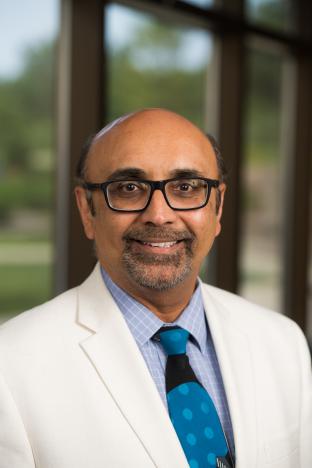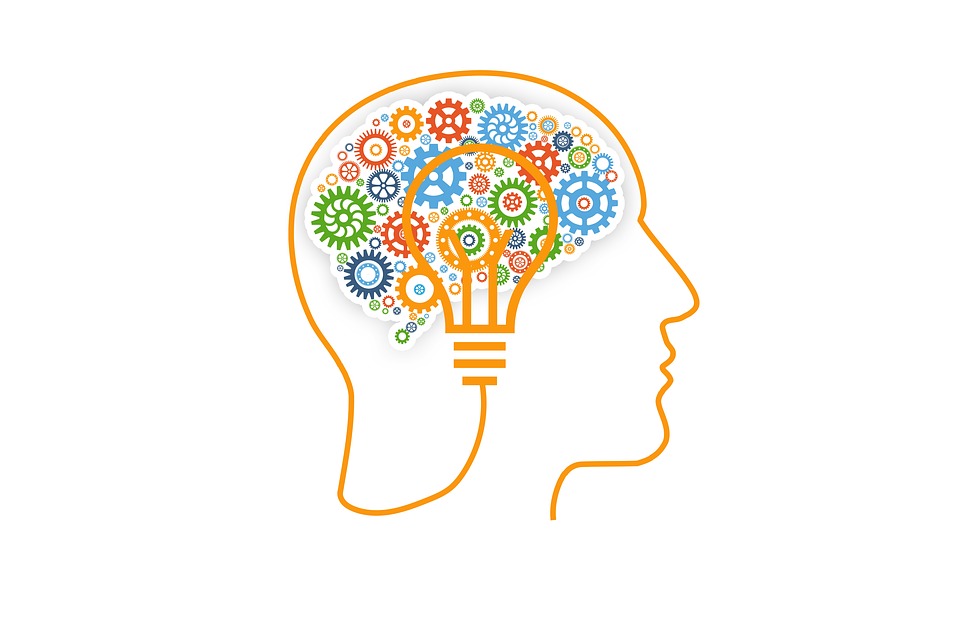TMS is a procedure approved by the FDA for the treatment of depression. TMS can be an effective option for reducing the symptoms of depression in adults who have not improved with traditional treatments, including medication or psychotherapy. It can also be an alternative treatment for those who cannot tolerate antidepressant medications or do not wish to take them.
TMS uses magnetic energy to stimulate a part of the brain that regulates mood. TMS treatments are completely non-invasive, meaning they are done in an office setting and do not require needles or anesthesia. The treatment has been proven safe and effective in reducing or eliminating the symptoms of depression. And since nothing except pure energy enters the body, TMS treatment is free of the side effects often experienced with antidepressant medications, which circulate throughout the brain and body.
The U-M Department of Psychiatry provides TMS to complement other treatments that patients may receive from their regular mental health care providers. We work with psychiatrists, therapists, primary care physicians, and other providers of mental health care to ensure TMS is effectively integrated into a patient’s regular treatment plan.
Our team is proud to offer TMS treatment for eligible patients. If you think you may be a candidate for TMS, talk with your mental health care provider, or call our clinic at 734-764-0231.
How does TMS work?
TMS is a form of brain stimulation, also known as “neuromodulation,” that is used to treat depression by stimulating the brain using electromagnetic fields, completely non-invasively.
During TMS therapy, a device that generates a magnetic field is used to induce electrical currents in the brain. The device is placed over key areas of the head, and the magnetic field is administered in very short pulses, precisely targeting a part of the brain that regulates mood.
TMS treatments are an outpatient procedure, which means they are done in an office setting. Patients are seated in a treatment chair during treatments and remain awake throughout the procedure. Patients may go about their normal daily routines immediately following treatment. The typical initial treatment course consists of daily treatments over a 4-to-6-week period, for an average of 20-30 total treatments. Each treatment session lasts approximately 40 minutes.
Is TMS right for you?
TMS is a unique treatment for people with mild to moderate treatment resistance and/or medication intolerance, providing an intervention that may prevent the development of more severe treatment resistance.
Although numerous antidepressant medications and other treatments are available, many patients suffer multiple depressive episodes that are not well controlled with existing therapies. Approximately one out of three patients treated with conventional antidepressants do not find relief from depression symptoms. Many patients suffer intolerable side effects to commonly used antidepressants, such as nausea, diarrhea, insomnia, sedation, lack of emotion, and sexual problems.
TMS was approved by the FDA in 2008 to treat major depressive disorder, specifically for patients who have failed to respond to one previous, “adequate” trial of an antidepressant medication. “Adequate” means taking a medication at a sufficient dose and for a sufficient period of time. Many patients also have difficulty tolerating multiple medication trials. These are the patients who have been shown to respond best to TMS. Other patients with a more severe history of resistant depression may also respond to TMS, although patients with many medication failures may find greater improvement from other brain stimulation techniques such as ECT and VNS.
Possible side effects of rTMS
rTMS has been demonstrated to be an extremely safe, well-tolerated treatment. It does not require anesthesia or any other medication, and can be administered as an outpatient procedure. Although seizures are described as a potential side effect, and anyone with a history of epilepsy should not seek treatment, these are extremely rare. In the most recent clinical trial, involving over 10,000 treatments, no seizures were reported.
Common negative side effects include pain at the site of stimulation, which can be managed by adjusting device placement and settings. Pain was judged to be severe in only a very small number of cases. Other potential side effects also include muscle twitching during treatment sessions, post treatment headache, and toothache in some patients.
Getting Started
The first step for people considering TMS is to complete a formal evaluation with our Ambulatory Psychiatry clinic to determine whether the treatment is right for you. If you think you are a candidate for TMS, please speak with your psychiatrist or call our clinic.
During the call, please be prepared to provide a detailed history of all medications, psychotherapy, and any other treatments you have tried for depression. A clinic representative will answer your questions about TMS or help you set up a formal consultation. You should also contact your insurance provider to determine if TMS may be covered under your plan.
Treatment Team

Stephan Taylor, M.D.

Daniel Maixner, M.D.




